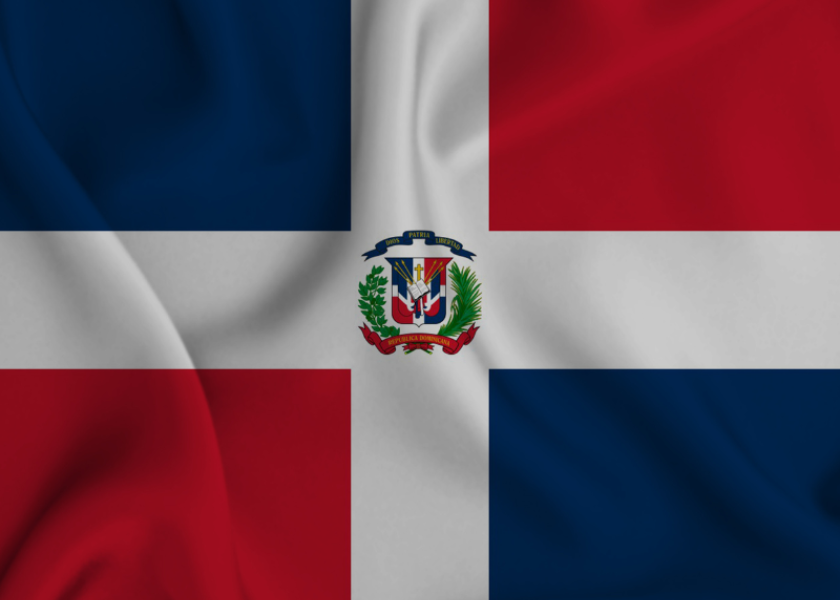Dominican Republic Opens Border to Brazilian Pork and Beef Imports

Access has recently been granted for Brazilian pork and beef imports to the Dominican Republic, reports the U.S. Meat Export Federation, following an announcement by Brazil’s Minister of Agriculture and Livestock.
With the Dominican Republic being an important export destination for U.S. beef and pork, USMEF Vice President of Economic Analysis, Erin Borror, describes how this announcement could impact the U.S. market.
“It's one of those markets where we have dominant market share, in part because of our free trade agreement through the [Central America Free Trade Agreement]-DR,” Borror notes. “It's also been a really strong growth market for U.S. beef and pork.”
So far this year, U.S. pork exports to the Dominican Republic near $145 million, Borror says, and it’s the sixth largest market. Additionally, exports are up 26% in the first half compared to a record pace of last year. U.S. pork also accounts for the majority of Dominican pork consumption.
For U.S. beef, it's the ninth largest export market. In the first half of this year, on a value basis, U.S. beef exports to the country are up 9%, Borror adds, which is impressive in what’s otherwise been a challenging year coming off the highs of 2022.
While this announcement is of concern, the U.S. will have a significant tariff advantage over Brazil.
“It is important to note that U.S. pork enters at zero tariff, and Brazil will pay the 25% [tariff rate] which is the Dominican's base rate, or non-[free trade agreement] rate, on pork imports,” Borror explains. “The DR has a 40% tariff on non-FTA beef coming into the country, so from my sort of outside read, that looks like a pretty steep barrier to Brazilian beef. Obviously, their price point will be much lower than U.S., but it's a different product as well.”
Specifically, three Brazilian plants in the states of Acre, Santa Catarina and Rio Grande do Sul have reportedly been approved to ship to the Dominican Republic, with additional establishments in Rio Grande do Sul, Santa Catarina and Paraná also under consideration, reports USMEF.
Read More:
U.S. Exports to Dominican Republic Reach Record-High; Pork Leads Way







